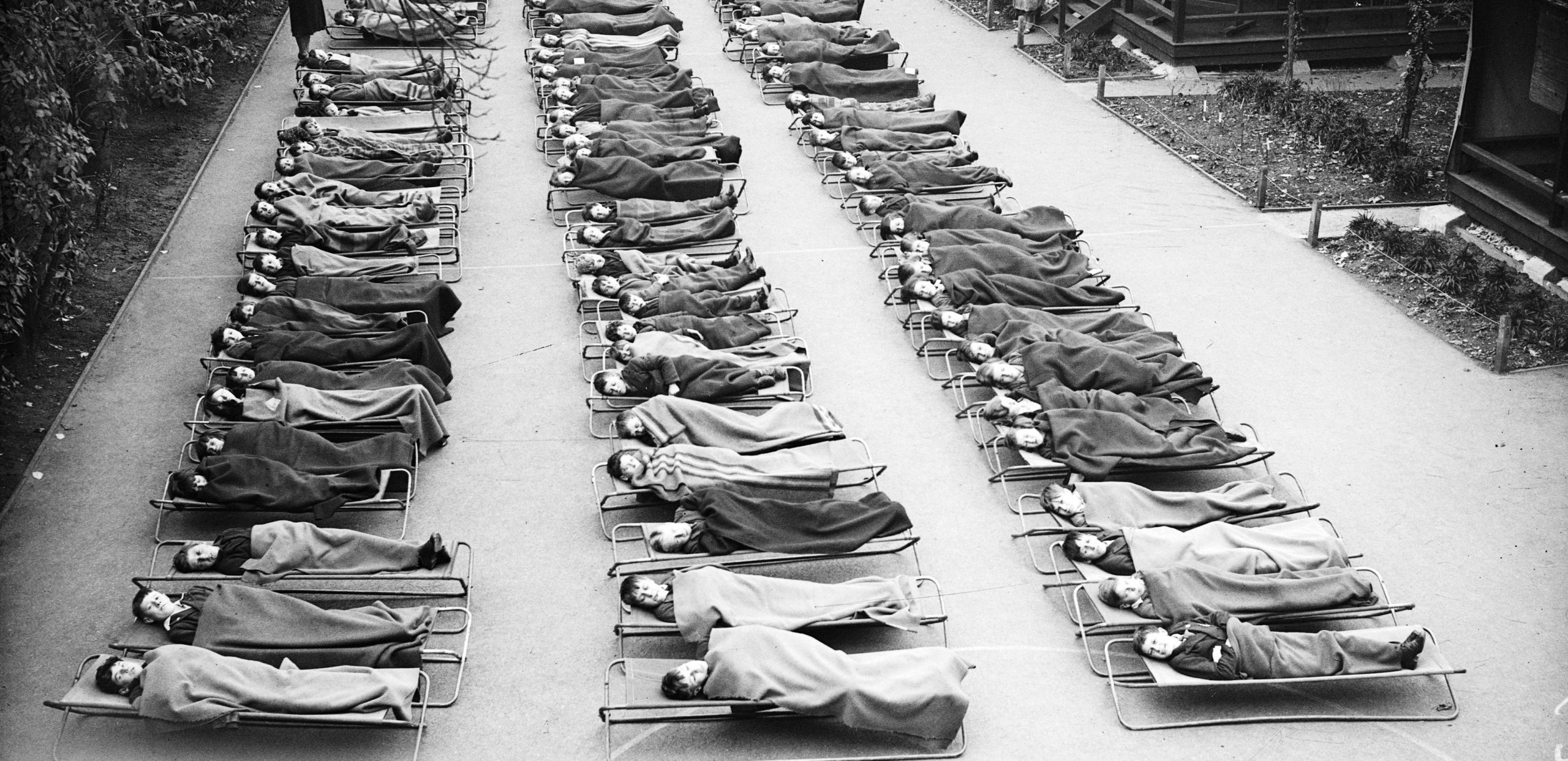
Before the 1940s infectious diseases, such as scarlet fever, cholera, pneumonia, tuberculosis and meningitis, were widespread, incurable and often deadly. Even though medical progress had taken place in studying bacteria and preventing infectious diseases in the late nineteenth century, an effective cure was yet to be developed. It had been theorised and proved that microbes caused infectious diseases, which had led to the development of preventative methods to stop people from catching bacterial infections. For example, Joseph Lister pioneered the use of carbolic acid as an antiseptic to eliminate bacteria during surgery.
The benefits of vaccinating against infectious diseases were more widely recognised, as was improving public health to control the spread of disease. However, once a patient was diagnosed with an infectious disease, the probability of survival remained poor. Infectious diseases were responsible for a quarter of deaths in Britain at the start of the twentieth century.
Your organisation does not have access to this article.
Sign up today to give your students the edge they need to achieve their best grades with subject expertise
Subscribe




